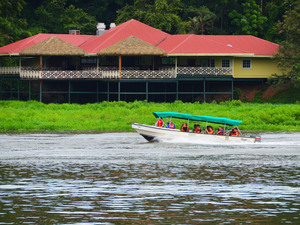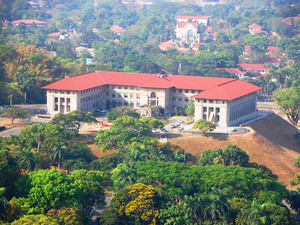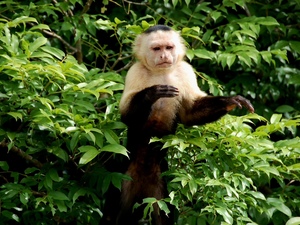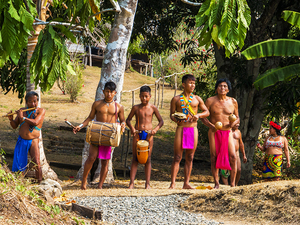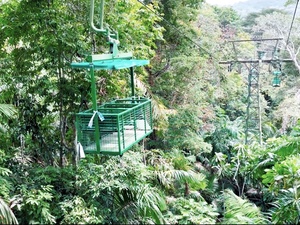- 1,169Excursions
- 109,445Reviews
- Help Center
The Caribbean seaport of Colon is near the Atlantic entrance of the Panama Canal. During the California gold rush, the city was founded as the Atlantic terminal of the Panama Railroad, providing a fast route to California.
Multiple massive fires destroyed most of Colon between 1885 and 1940. Today, however, it is a thriving city, rich in culture. A tremendous restoration and reconstruction effort resulted in parks, avenues, historic buildings, and monuments being brought back to life. Among those restored buildings is the First Baptist Church of Colon, one of several religious sites in the area.
The climate of Colon is like that of most of the Caribbean. The trade winds create a very wet, tropical climate pretty much year round. Average temperatures range from a low of 74F (23C) to a high of 87F (31C).
There are a wide variety of activities in and around Colon. Obviously, the one of most interest tends to be the Panama Canal. The canal consists of a pair of six locks, three of which are at Gatun Lake near Colon. The lock system is an incredible feat of engineering, lifting ships up 85 feet (26 meters) to the main elevation of the Panama Canal and back down again.
There are several ways to see the canal including crossing it, flying overhead, skydiving over it, or riding the Panama Canal Railway that runs parallel to it linking the Atlantic Ocean to the Pacific Ocean. The rail line covers over 47 miles (76 kilometers) from Colon to Balboa. The train is primarily a commuter train, but its route between coastal cities, through the lush green jungle, and along the lake make it a popular experience for visitors as well. Not only are the views of the canal and other sites spectacular, but there are also first-class amenities on board.
History buffs will want to check out Portobelo National Park and Fort San Lorenzo. In the mid-16th century, the Las Cruces Trail was well established for use as a gold route. That naturally attracted pirates, which necessitated the construction of fortifications for protection. One of those was Fort San Lorenzo at the mouth of the Chagres River. After the route was abandoned, the fort was actually used as a prison for about 100 years, spanning the 18th and 19th centuries.
Portobelo National Park consists of 86,000 protected acres, 20% of which are marine areas with coral reefs and coastal forest. The natural harbor and the bay are strikingly beautiful as are the beaches that are very popular with divers. In the park, visitors are able to tour the monuments with guides. One of the unusual aspects of this park, though, is that it was established to also preserve the culture. As a result, Afro-colonial cuisine is served in restaurants, and guests can even learn the Congo dance!
Colon and all of Panama, with their rich history and culture, await you!
Fun Fact: John McCain, the United States Senator from Arizona and 2008 presidential nominee, was born in the US naval hospital at the Coco Solo submarine base in Colon.

